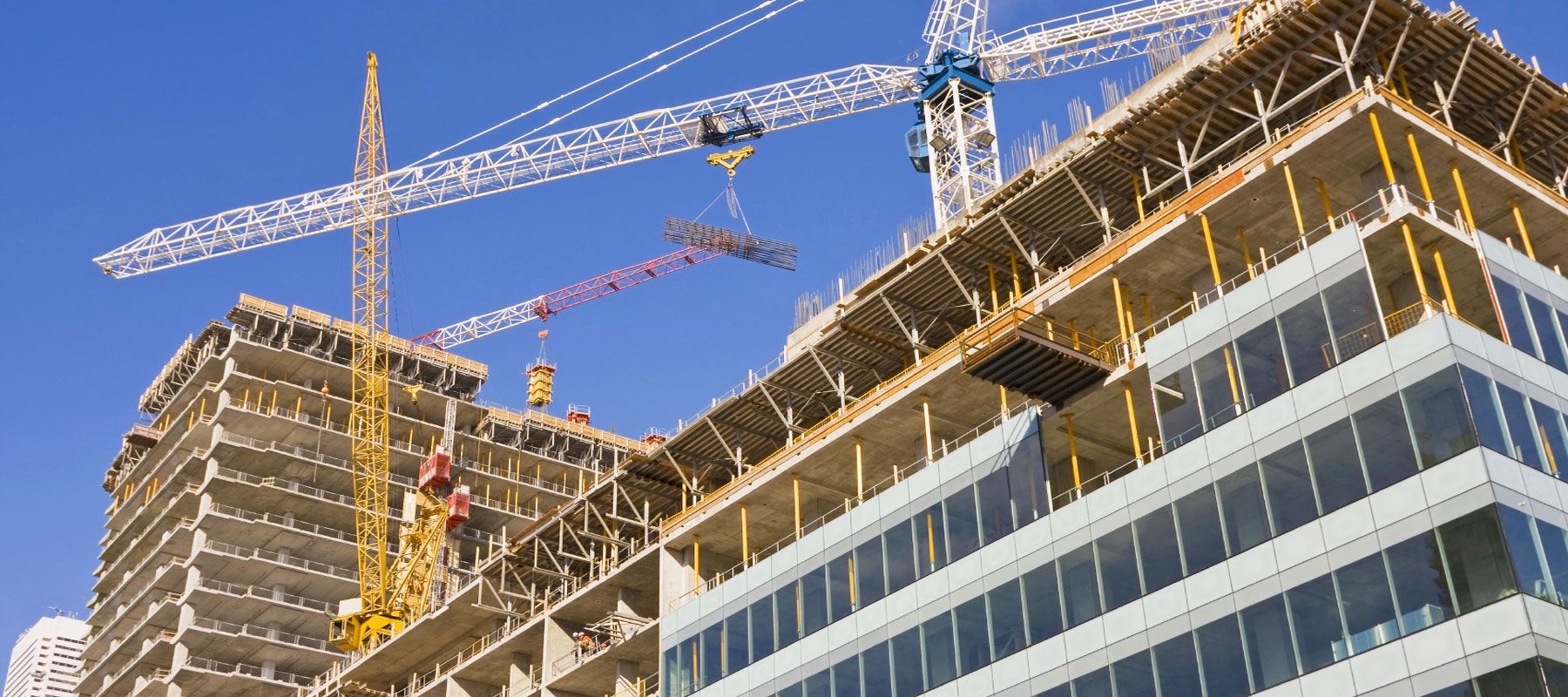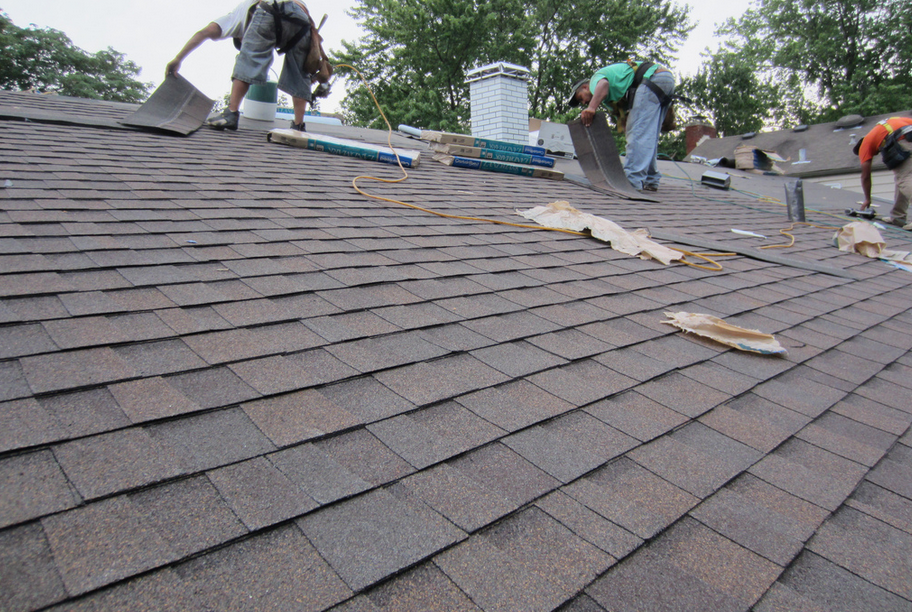Building aggregate or simply aggregate is a common type of material popular used in the construction industry for years. They are typically mined from beneath the earth. The primary objective of this material is to add strength to any building composite mixture. Plus, the building aggregates are used as the base material for roads and railroads. One of the top advantages of this material is its uniform properties, which makes it the first choice for reinforcement of any mixture.
Source of the aggregates
The aggregates can be extracted naturally, manufactured or recycled. Primarily there are three main sources of obtaining aggregates; one is through mining from sand and gravel, secondly from the use of waste slag of steel & iron, and lastly, the recycling of the concrete material. Add to that, certain small materials are used as lightweight aggregates, like the clay, perlite, etc.
Origin of aggregates
The history of the building aggregates takes us back to the time when the Roman Empire used it for constructing a massive rail network and maybe even before since humans using stone and sand for ages.
The benefits of the aggregates
There are a plethora of benefits of the aggregates for which it is popularly employed for construction & building purposes. One of the single biggest perks of the building aggregates is that adds volume to a mixture or act as a voluminous base for roads construction. Another benefit is that it renders stability, preventing any sort of wear & tear wherever used, plus, provides desired properties to any given finished product.
Final aggregates
This is the premium variety of aggregates, commonly used in constructing thin slabs or building another type of building structure membrane, wherever there is a requirement of a smooth, even surface. Another type of the aggregates is the coarse aggregates used for bigger membranes.
Lightweight aggregates
This type of the aggregates can be extracted naturally or man made, based on the demand volume. One of the major resources when it comes to naturally is the volcanic material; on the other hand, the synthetic aggregates are produced from the thermal expansion of certain materials, having expansive properties. These materials are broadly categorised into three varieties; one is the natural materials like the slate, shale, clay, etc. The other type is industrial products, such as the grass, and lastly by-products of industry like the slag cinder & bed ash.
Selection of the aggregates
The selection process of the building aggregates is done on the basis of several factors, like the durability, strength, the finishing properties, and the workability. As a rule of thumb for creating a robust mix, it is essential that the aggregates should be clean and free from any contamination. Otherwise, this may have a bad impact on the final product, so this is the utter responsibility of the individual involved with the mixing of aggregates with concrete.
At the end, from the above, you probably come to know what aggregates are, their sources of origin, and most importantly their use in the construction industry.





